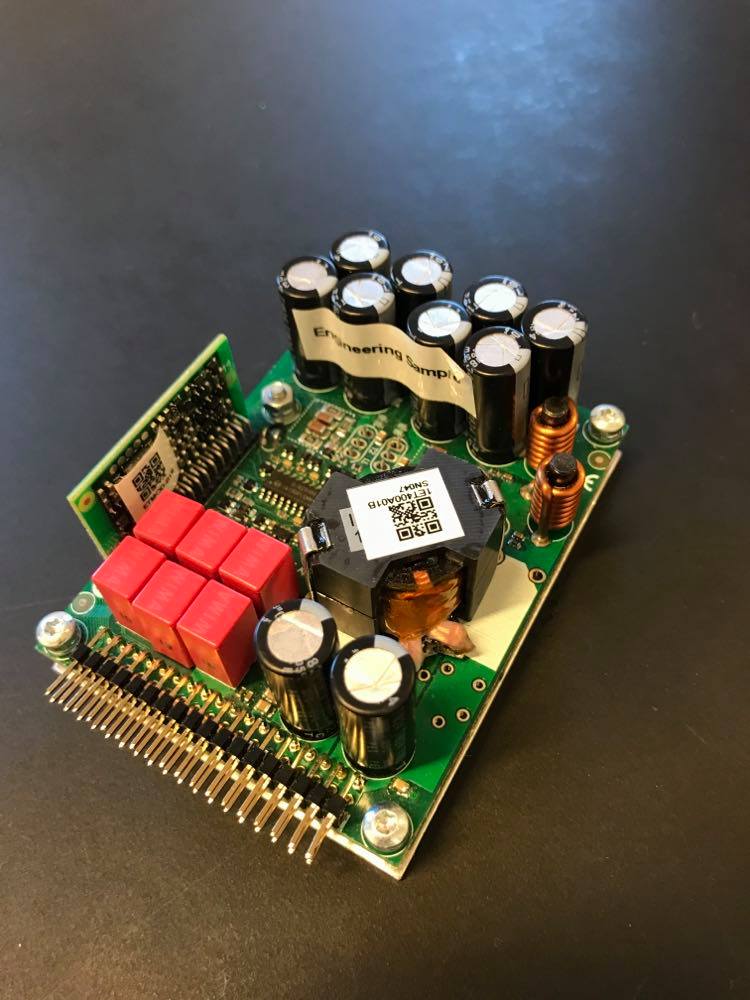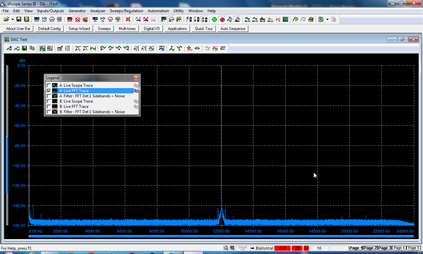Minimal overshoot and ringing with a well defined transition period !

Expanded scale with equivalent time sampling rate of 100 Gs/s !

Expanded scale with equivalent time sampling rate of 100 Gs/s !
SMF - Just Installed!
This section allows you to view all posts made by this member. Note that you can only see posts made in areas you currently have access to.
Show posts Menu




